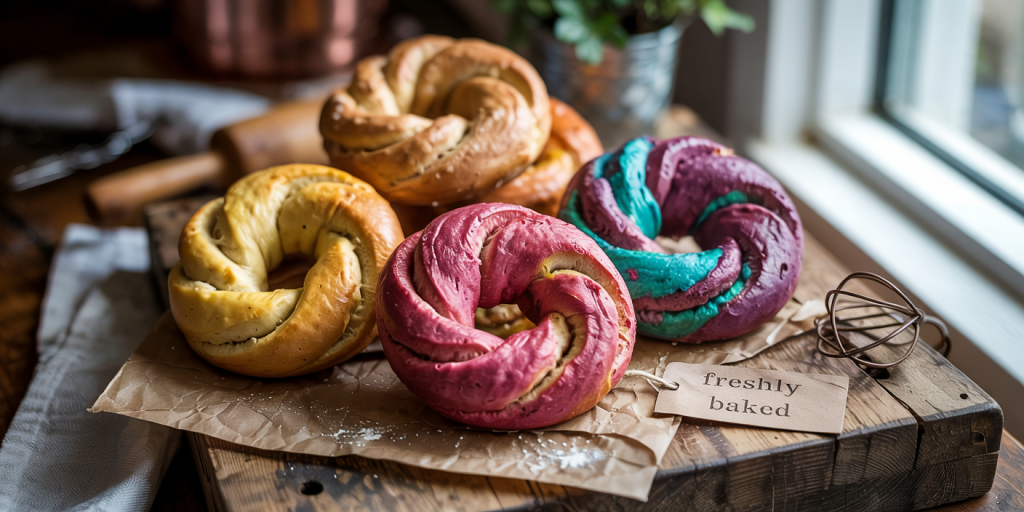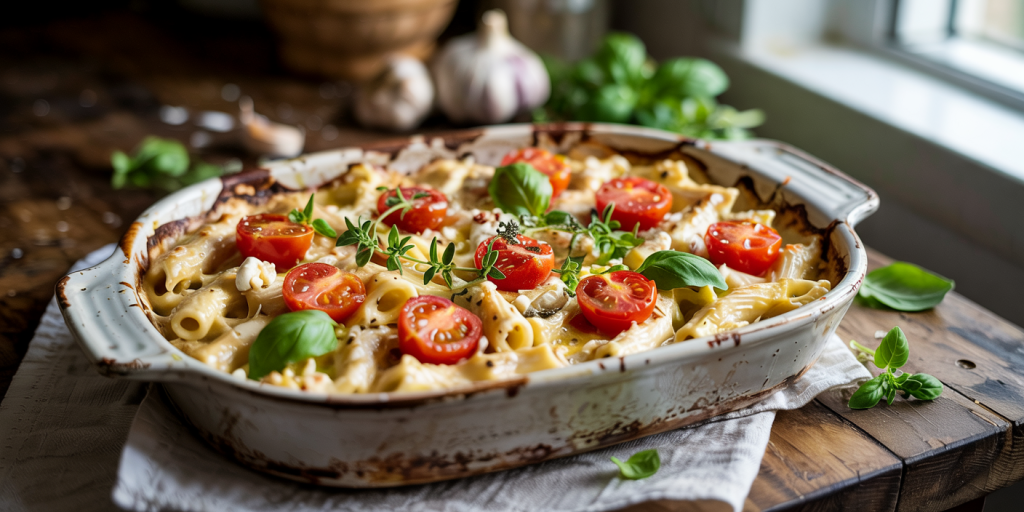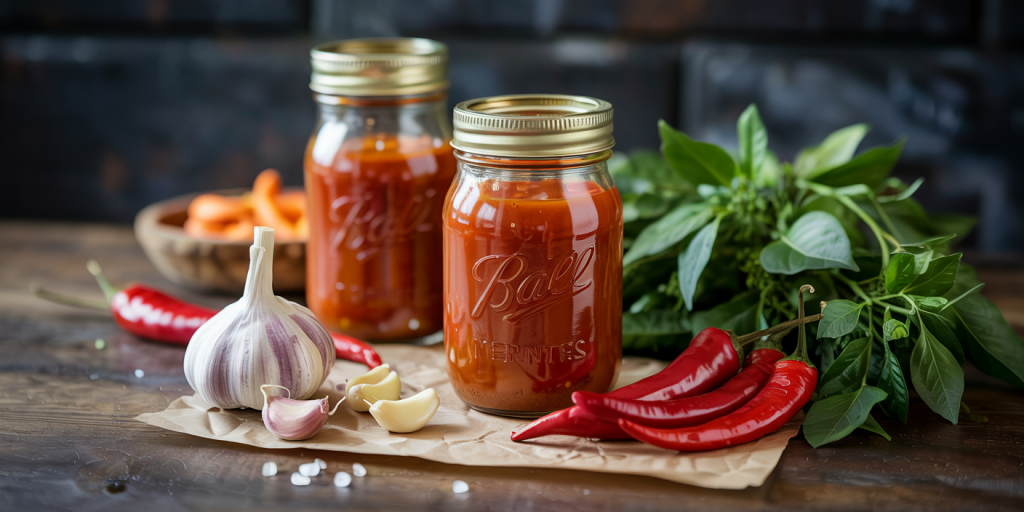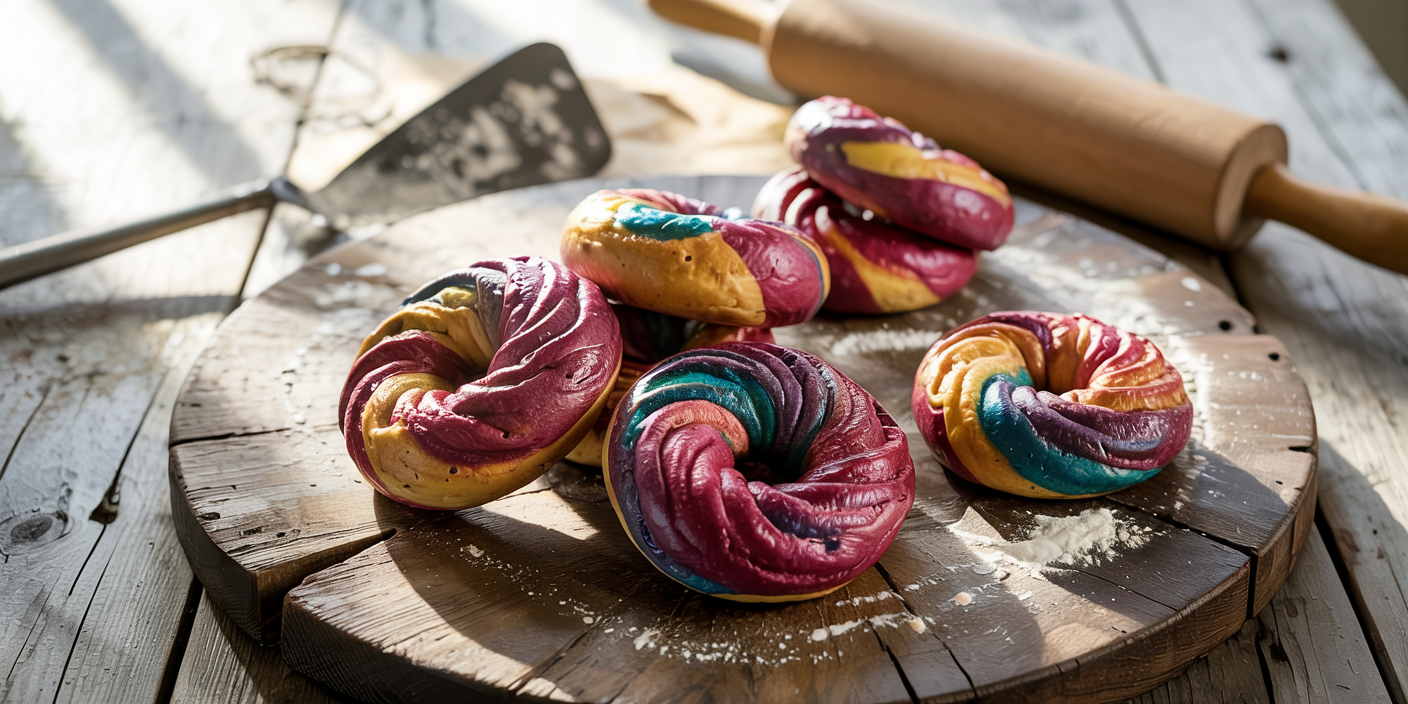In the ever-evolving world of food culture, certain recipes ignite a global frenzy, capturing the attention of home cooks and professional chefs alike. This year has been no exception, with numerous dishes skyrocketing in popularity through social media platforms, food blogs, and video sharing apps. Viral recipes often represent a confluence of creativity, accessibility, and visual appeal, driving millions of users to recreate, share, and modify them. As of 2024, the phenomenon showcases a new wave of culinary innovation, blending traditional techniques with modern trends like health consciousness and convenience.
Understanding which recipes captured the audience’s imagination—and why—can offer valuable insights for food entrepreneurs, content creators, and culinary enthusiasts. This article explores some of the most viral recipes of this year, analyzes their components, and discusses how their spread reflects broader trends in food culture.
The Rise of Viral Recipes: Social Media as a Culinary Catalyst
The digital era has drastically altered how recipes gain popularity. Platforms such as TikTok, Instagram, and YouTube have transformed recipe sharing into an interactive and highly visual experience. Algorithms favor engaging, easy-to-follow videos, and users often prefer quick, visually stimulating recipes they can try immediately.
Statistically, TikTok alone reports that food-related videos accumulate billions of views monthly, indicating vast consumer interest. A study by Statista in early 2024 shows that 61% of TikTok users follow food and recipe content, highlighting why simple yet creative recipes often go viral. For example, the rise of “tortilla wrap hack” videos garnered over 200 million combined views this year alone.
These platforms have also democratized the food space, enabling amateur cooks to become viral stars. Cases like the “Whipped Coffee” (Dalgona coffee) that went viral in previous years have evolved into newer viral trends, such as cloud bread and pancake cereal, which regained momentum this year with new twists.
Trending Viral Recipes of 2024
1. Rainbow Bagels: A Visual Feast
Rainbow bagels surged in popularity earlier this year, combining aesthetic appeal with the beloved classic bagel form. Originating from New York’s Jewish bakeries, these bagels feature vibrant, swirled dough created by intertwining multiple colored dough strands.
What made the rainbow bagel viral was its photogenic nature and the wave of home bakers attempting to replicate it. One noteworthy viral case is from the Instagram account @colorbakery, where video tutorials accumulated over 3 million views. This inspired commercial bakeries worldwide to introduce their versions, boosting sales by an estimated 25% during peak months.
Home bakers reported spending 2 to 3 hours replicating this recipe, indicating it appeals more to enthusiasts than quick cooks. Additionally, recipes adapted with natural colorants—such as beetroot powder and spirulina—aligned with the health-conscious trends that continue to influence food choices globally.
2. Baked Feta Pasta: The TikTok Sensation
Baked feta pasta returns as one of the most replicated recipes this year. Originally viral in 2021, its resurgence has been fueled by new ingredient variations and easier step-by-step video formats.
The dish features a block of feta cheese baked with cherry tomatoes, garlic, and olive oil, then mixed with cooked pasta. Its popularity rests on extreme ease, requiring a single baking dish and minimal preparation time, making it especially appealing to busy millennials and Gen Z audiences.

According to data from TikTok’s Food Trends report, videos featuring baked feta pasta received over 150 million views in the first quarter of 2024 alone, representing a 40% increase from last year. The recipe’s adaptability—such as vegan feta substitutes or added protein like grilled chicken—has further broadened its reach.
3. Fermented Hot Sauce: The Homemade Spice Upgrade
Fermentation continues to dominate the food preservation scene, enhancing flavor while promoting gut health. This year, DIY fermented hot sauces became especially trendy, merging the spicy food craze with microbiome awareness.
On YouTube, channels like “Cultured Flavors” saw a 300% increase in views for fermented hot sauce tutorials compared to 2023. Home fermenters are attracted by the recipe’s customizable spice levels and the ability to craft artisanal condiments aligned with clean eating.
Fermented hot sauce viral recipes typically combine fresh chilies, garlic, salt, and water left to ferment for 7 to 14 days. The fermentation process produces lactic acid bacteria, which studies by the Journal of Food Science have proven to improve digestion and boost immune functions.

4. Cloud Bread: The Fluffy Viral Treat
Cloud bread first rose to fame during the pandemic but resurged in 2024 with updated recipes that include natural flours and protein powders. Its ultra-light texture and minimalist ingredients (egg whites, sugar, and cornstarch) make it a favorite for keto and gluten-free diets.
Latest trends include color-infused cloud bread, using matcha or beet powder, to enhance visual appeal. TikTok videos under the hashtag #cloudbread have racked up more than 70 million views this year, fueling user-generated content variants such as savory cloud bread sandwiches.
Professionals advise that perfecting cloud bread involves precise egg white whipping and baking temperature control, making the recipe a fun challenge that also serves as a viral content recipe due to its satisfying “puff” effect when freshly baked.
Comparative Analysis of Viral Recipe Attributes
Understanding what differentiates these viral recipes can help in predicting future trends. The table below summarizes key features and their impact on virality:
| Feature | Rainbow Bagels | Baked Feta Pasta | Fermented Hot Sauce | Cloud Bread |
|---|---|---|---|---|
| Visual Appeal | High – vibrant colors | High – rustic & creamy | Medium – rustic jars | High – fluffy texture |
| Ease of Preparation | Moderate – multi-step | Easy – one-bake method | Moderate – fermentation | Moderate – technique sensitive |
| Health Aspect | Moderate – natural dyes | Moderate – cheese-heavy | High – probiotic-rich | High – low carb/gluten-free |
| Time to Make | 2-3 hours | 30 minutes | 7-14 days (fermentation) | 30-45 minutes |
| Social Media Engagement | Very high (3M+ views) | Extremely high (150M+) | High (300% view increase) | High (70M+ views) |
| Accessibility | Requires baking skills | Very accessible | Requires fermentation setup | Requires egg-whipping skills |
This comparison illustrates that a high visual appeal combined with relative ease of preparation fuels viral success. However, some recipes with longer preparation times, such as fermented hot sauce, gain traction through niche communities focused on health and artisanal food crafting.

How Viral Recipes Influence the Food Industry
The proliferation of viral recipes has tangible effects beyond online engagement. Food brands capitalize on trends to develop ready-made products replicating viral dishes. For example, following the baked feta pasta craze, several pasta sauce companies launched feta-based variants, leading to a 15% increase in feta cheese sales according to industry reports.
Moreover, kitchen gadget manufacturers noted a surge in sales of small baking sets and fermentation crocks aligning with the popularity of these recipes. This cross-industry impact demonstrates that viral recipes can stimulate economic activity at multiple levels—from ingredient producers to dining establishments incorporating trending dishes into menus.
Restaurants have also evolved, with some integrating viral dishes as limited-time offers to attract younger demographics. A New York-based bistro, “The Viral Spoon,” reported a 30% hike in foot traffic after introducing a baked feta pasta special inspired by social media recipes.
Future Perspectives: What’s Next for Viral Recipes?
As food culture continues to intertwine with digital technologies, the recipe virality landscape is poised for further transformation. Emerging technologies like AI-powered recipe generators and augmented reality cooking assistants could enable users to customize and visualize trending recipes in real time, enhancing engagement.
Sustainability and health are expected to drive future viral recipe themes. Plant-based and zero-waste cooking methods are gaining prominence, suggesting that next big recipes will likely incorporate alternative proteins and innovative uses of food scraps.
Another anticipated trend is the blending of global flavors, amplified by virtual communities sharing recipes across borders instantaneously. For instance, fusion dishes combining South Asian spices with Scandinavian cooking techniques have started appearing in niche viral content, indicating a growing appetite for cultural crossovers.
Lastly, the importance of user-generated content will remain central. Platforms continue evolving their algorithms to favor originality, real-time engagement, and authenticity, suggesting that viral recipes will become increasingly personalized, reflecting diverse dietary preferences and cultural backgrounds.
—
The viral recipe phenomenon of 2024 underscores the powerful synergy between food creativity, visual media, and cultural trends. Recipes such as rainbow bagels, baked feta pasta, fermented hot sauce, and cloud bread exemplify how diverse factors like aesthetics, ease of preparation, health appeal, and social sharing drive widespread popularity. For both consumers and industry stakeholders, understanding these dynamics offers pathways to innovate and connect with global audiences in an ever-changing culinary landscape.

Deixe um comentário